How To: Pest Control in Your Indoor Garden
Pests are a natural element of running a garden. They will inevitably appear at some point, regardless of how careful you are, and cause damage to your plants. Not everyone wants to call in the pest control services to their indoor garden, so you’ll need to know how to deal with any infestations yourself. Prevention is better than cure, so the best way to fend off heavy insect infestations is to take initial measures to prevent them in the first place.
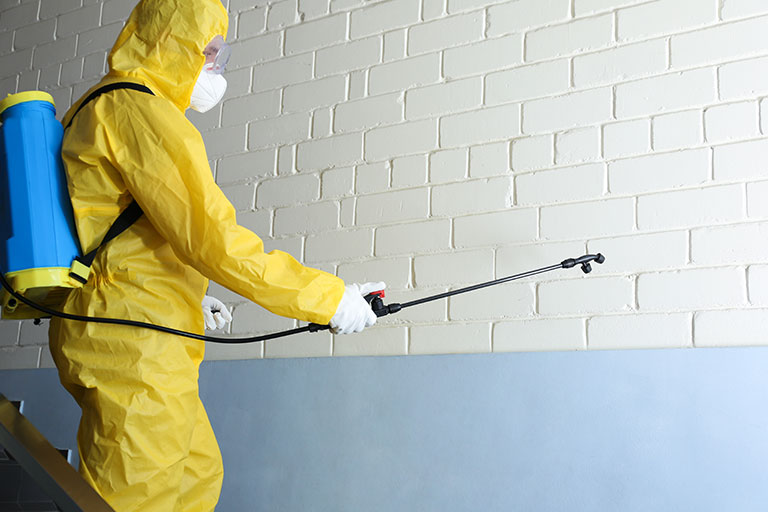
It is a common misconception that you’re free from the threat of pest infestation because you’re growing indoors. Pests occur in the gardens of every grower at some point or other. The bugs can still show up even if you take all the correct precautions to maintain a healthy, controlled growing environment.
Starting your plants from seed significantly reduces the risk of developing pest problems. When you purchase mature plants or cuttings and introduce them into your home or growing environment, you’re running the risk of importing pests in the planting media or on the plants’ foliage.
5 Prevention Methods of Pest Control in Your Indoor Garden
The following list highlights 5-ways to prevent indoor garden pests:
- As mentioned previously, grow your plants from seed. This is an excellent way to prevent pests and an excellent learning experience.
- Check your plants regularly to ensure that you identify and eradicate pests before they reach infestation levels. Look for any signs of damage, including plant discolouration or residue and holes in the leaves.
- Only use clean, sanitized pots and system elements. Doing so will prevent the establishment of a potential breeding ground for pests and disease.
- Maintain regular upkeep of your plants by removing dead leaves and isolating any plants you think may be infected straight away.
- Keep environmental controls consistent and monitor them through each lifecycle stage, including temperature, humidity, and airflow.
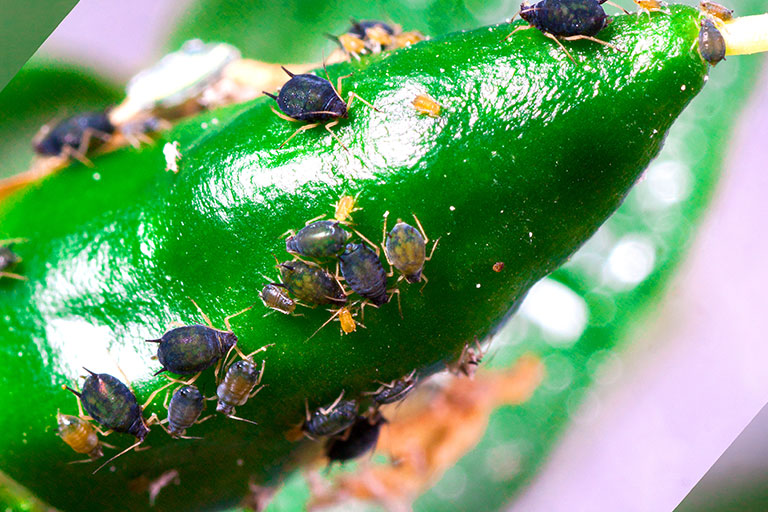
5 Common Pests to Control in an Indoor Garden
Using Green Protect Sticky Yellow Insect Traps can catch insects. If you already have an infestation problem, the following will help you identify signs of pests to look out for. Understanding what your pest infestation is, makes it easier to treat.
Garden tip: Download our handy guide to identify common house and garden pests.
White Flies
White Flies leave a black film that looks like a sooty mould build-up.
Aphids
Aphids can come in many colours. Look for clusters of them on the undersides of leaves and patches of unhatched eggs.
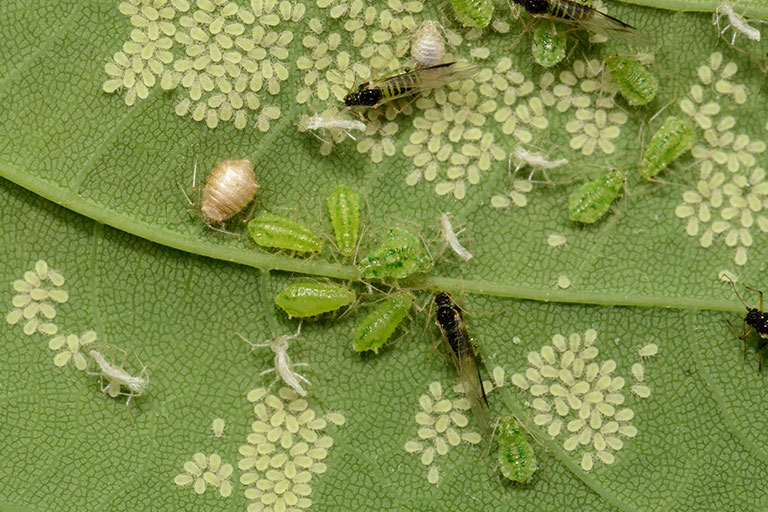
Thrips
Thrips puncture the outer layer of the leaf and create a silvery discolouration. You’ll also see tiny little bits of black frass (insect poo).
Fungus Gnats
Fungus gnats look like fruit flies. They are weak fliers and can frequently be seen orbiting around soil, mainly if it’s fresh, damp compost. Their larvae, the leading cause for concern, like to feed on fungi in the soil, which grows in moist conditions. Fungus gnats fly from pot to pot and are a leading source of soil-based infection transmission.
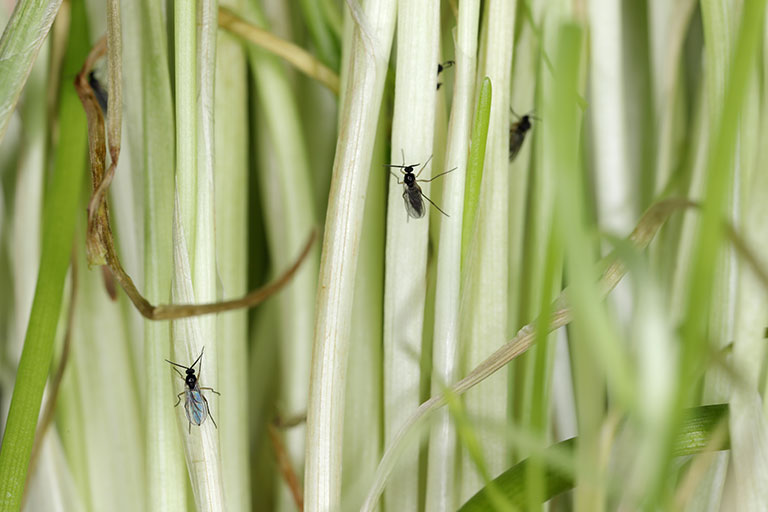
Spider Mites
Spider mites are tiny. You may need a magnifying glass to detect them. Signs of damager include discoloured leaves. Spider mites can be very difficult to get rid of if an infestation takes hold.
5 Methods Of Pest Control in Your Indoor Garden
There are many solutions available to deal with any infested plants, the many forms of pests you may experience on your indoor plants in your indoor garden. Here are 5 of the most popular preventative measures and treatments.
Bug Barriers
Bug barriers are fine mesh screens that cover your intake fans to prevent insects from gaining access to your grow room. They come with Velcro strips to attach to your intake fan. This allows for easy adjustment and the perfect fit to allow for easy adjustment – creating the perfect fit! The holes in the mesh will catch insects, but not disrupt your airflow.
Sticky Traps
Green Protect Sticky Yellow Insect Traps can catch flying insects common in the indoor garden. They work by visual attraction, as the insects are attracted to the yellow colour. You can hang sticky traps anywhere to help control your flying insect problem without resorting to insecticides.
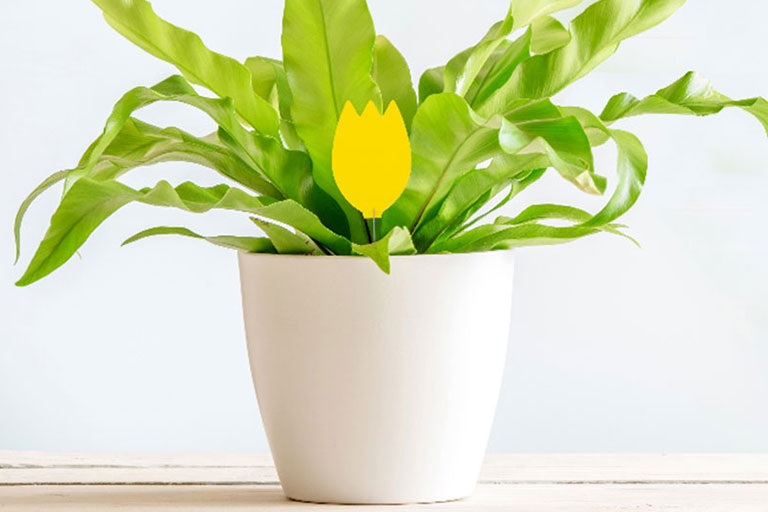
Plant-Based Insecticides
Neem Oil is made from seeds from the neem plant and destroys insects on infested by preventing them from laying eggs.
Other plant-based products are used to use in spray bottles, such as Pyrethrum, which is derived from chrysanthemum plant. Plant-derived insecticides are more delicate than chemical pesticides and usually safer to use on crops intended for human consumption.
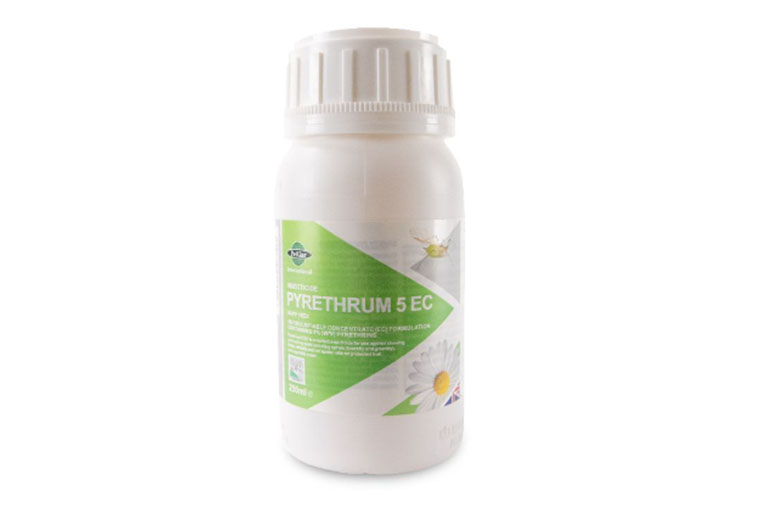
Insecticidal Soaps
Insecticidal soaps are designed to kill insects, but not damage your plants. The soap weakens the pests’ outer shell, which eventually kills them. Use frequently until you the problem is under control. Getting full coverage of your plant is essential with soap as it does not stay on the plant long; however, this can be tricky.
Horticultural Oil
Horticultural oils are very helpful in controlling pests. They are highly refined and non-toxic oils that you can apply to plants without the risk of any damage.
Conclusions
These are just a few of the available measures on the market. For a comprehensive list of available products, check out our Pest Control Section under Plant Health. Here, you’ll find products to suit your growing environment and pest infestation. This includes sulphur-based smoke bomb treatments, organic sprays, and even beneficial predator mites that you can send in to clear any mite infestations.
We also have a section for more traditional garden pest, disease and weed control treatments suitable for edible, and non-edible exhibition house and garden plants.
Always remember that prevention is better than cure. Get in the habit of using sticky traps and regularly checking them, and your plants, for early signs of infestation. Doing this may mean you’re able to avoid a full-on infestation altogether.




